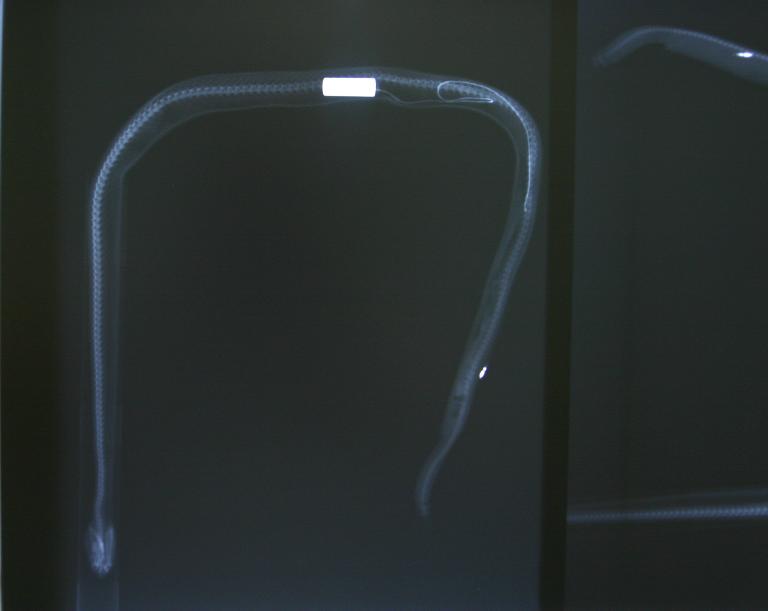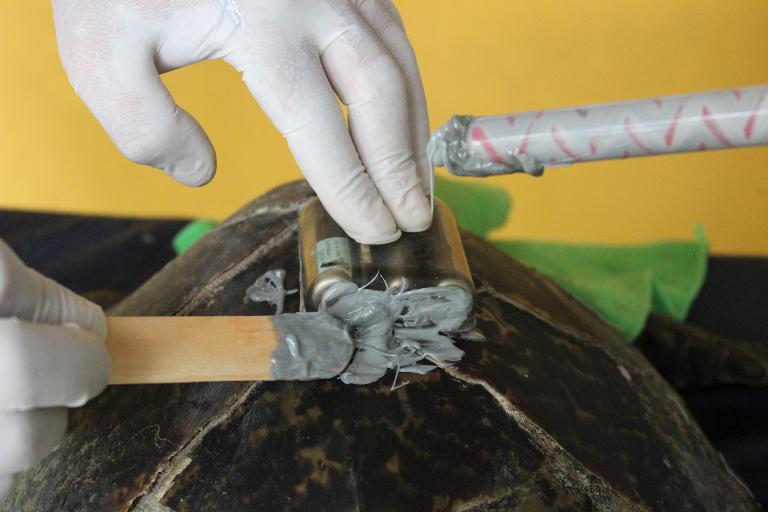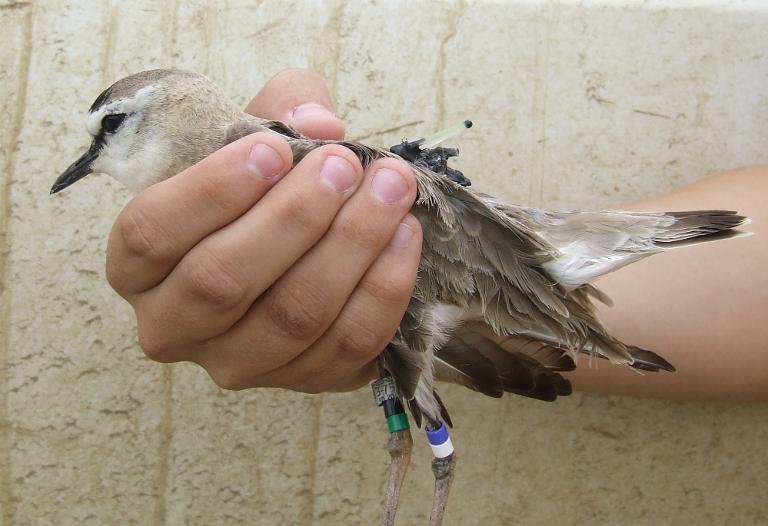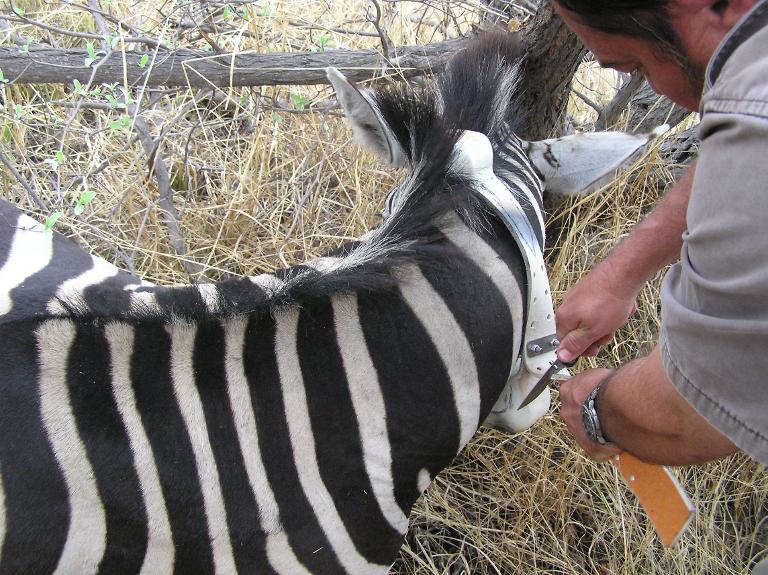From the Apple Watch to Intel’s new designer MICA bracelet,
wearing a device that tracks your activities is all the rage among
bipeds. But, as it turns out, we’ve got nothing on our four-legged and
feathered companions. Animals blazed the wearables trail long before
humans started sporting Jawbones on their wrists.
Today’s sophisticated wildlife
wearables do far more than measure how fast a cougar ran or how far a
snake slithered — they could mean the difference between extinction and
survival for many species.
And while we’ve been tracking
animals since 1803 — when American bird obsessive John James Audubon
tied a string around an Eastern Phoebe and let it go — advancements in
technology now allow humans to track animals in much more sophisticated
ways.
Unlike older tracking
technology, which required bulky radio transmitters that had to be
physically removed before the data could be extracted, these
devices are able to work with cell towers or satellites to deliver
information to a scientist’s computer in real time. In some cases, they
might even be connected to drones or phones that alert preservationists
when an animal has unwittingly roamed into dangerous territory. Not to
mention, their smaller sizes are much easier to implant.
“With a growing human population, wild places are becoming more and more scarce,” Dennis Jorgensen,
a wildlife biologist with the World Wildlife Fund, told Yahoo Tech.
“Biologists want to get a sense of what type of habitat and how much of
that habitat any given animal needs, and then how much tolerance they
have for human activity.”
Commercially, a wireless device is in development to
monitor the location, temperature, and general activity of cattle,
allowing farmers to protect herds from thieves and attend to their
livestock better.
And recreationally, of course, a slew of new fitness trackers allow for obsessive pet owners to track the general physical fitness of their dogs.
Here’s a brief survey of the ways animals are tracked in the wild, on the field, and at home.







No comments:
Post a Comment